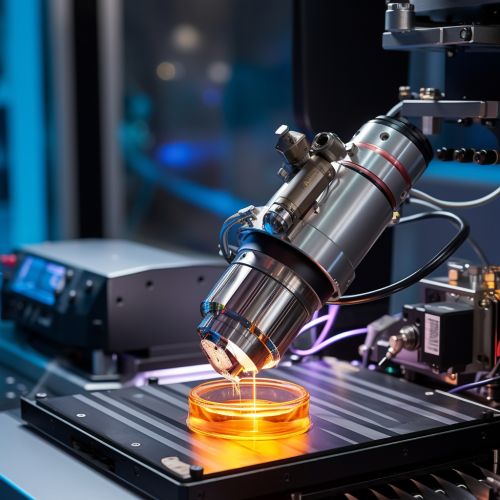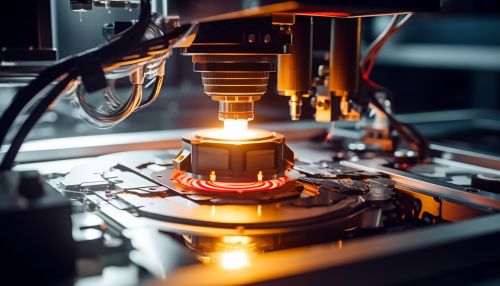Nanomanipulation
Introduction
Nanomanipulation refers to the technique of manipulating nanoscale objects, typically using specialized tools such as scanning tunneling microscopes (STMs) or atomic force microscopes (AFMs). This field is a sub-discipline of nanotechnology, and it has significant implications in various fields, including materials science, biology, and medicine.


Principles of Nanomanipulation
Nanomanipulation operates on the principles of quantum mechanics, molecular physics, and surface science. The fundamental aspect of nanomanipulation is the ability to control and manipulate objects at the atomic or molecular level. This is achieved through the use of specialized tools that can interact with nanoscale objects in a controlled manner.
Tools and Techniques
Various tools and techniques are used in nanomanipulation. The most common are the scanning tunneling microscope (STM) and the atomic force microscope (AFM). These tools allow scientists to view and manipulate nanoscale objects with unprecedented precision. Other tools include the nanomanipulator, a device that allows for the precise positioning and control of nanoscale objects, and the nanoprobe, a tool used to investigate the properties of nanoscale materials.
Applications
Nanomanipulation has a wide range of applications, from the creation of nanomaterials with unique properties to the study of biological systems at the molecular level. In materials science, nanomanipulation can be used to create materials with specific properties, such as high strength or electrical conductivity. In biology, nanomanipulation can be used to study the structure and function of biological molecules, such as proteins and DNA. In medicine, nanomanipulation can be used to develop new treatments and therapies, such as targeted drug delivery systems.
Challenges and Future Directions
Despite the significant advancements in nanomanipulation, there are still many challenges to be overcome. These include the development of more precise and reliable tools, the creation of standardized protocols for nanomanipulation, and the need for more research into the potential risks and ethical implications of nanotechnology. Looking forward, the field of nanomanipulation is expected to continue to grow and evolve, with new tools, techniques, and applications being developed.
